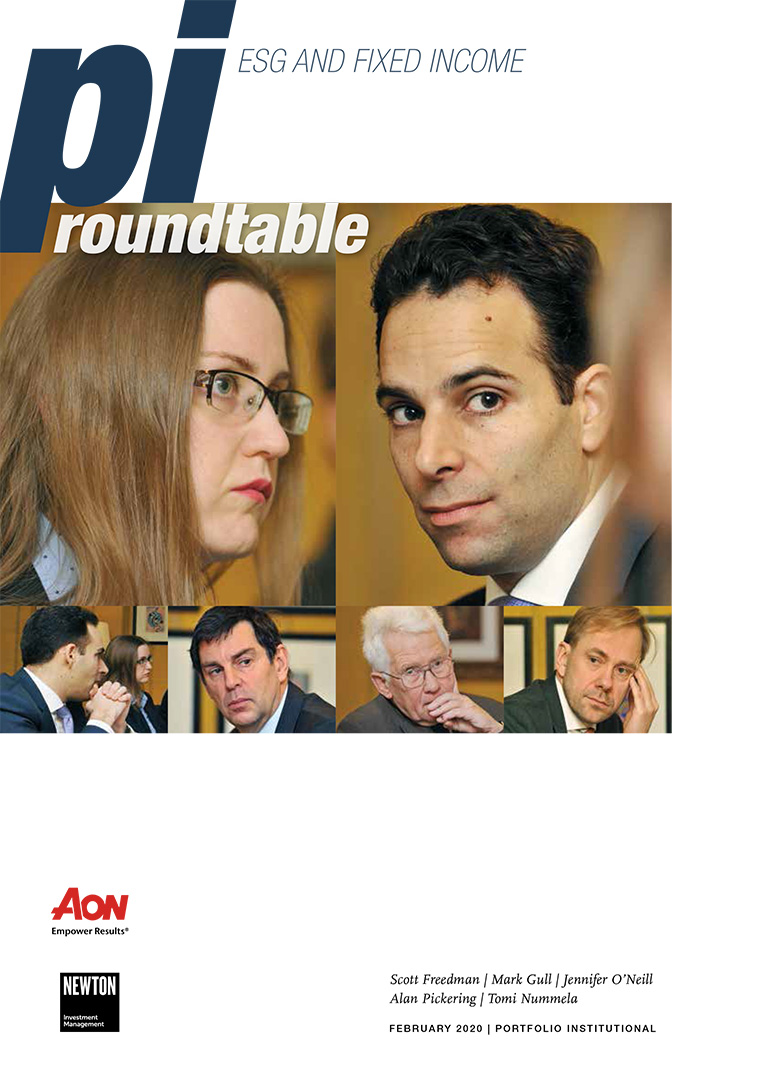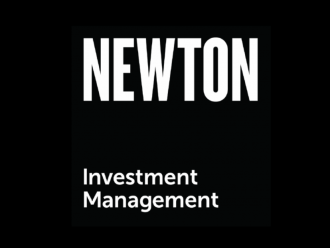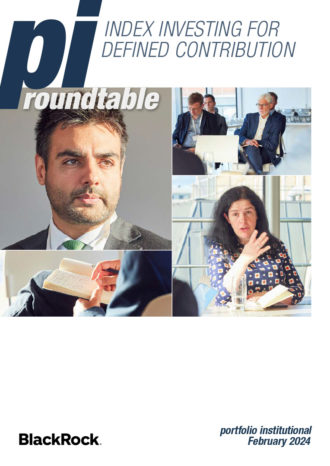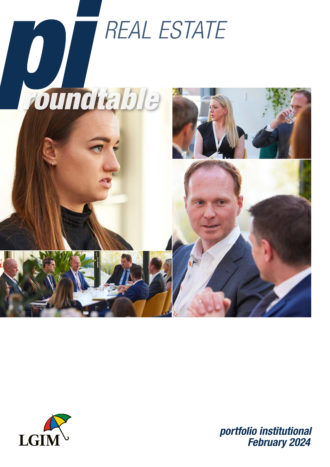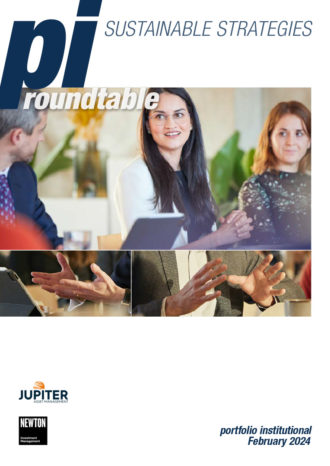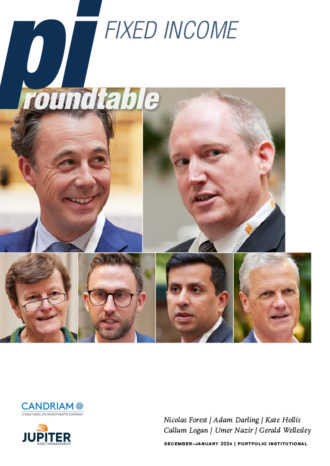Saving the planet is not a part-time job. Neither is eradicating child labour or making a positive social impact. You cannot set strategies to promote such policies in one part of your portfolio then ignore them in another and claim to be a sustainable investor.
Integrating environmental, social and governance (ESG) factors into investment decisions is usually associated with equities.
Owning shares in a business brings with it the threat of voting against management at AGMs if they do not improve their operating practices or corporate culture. Those lending money to the same company do not have such influence, making it difficult to integrate ESG into a fixed income portfolio.
But it could be argued that lending money does give some leverage when it comes to engagement. Afterall, debt comes with conditions.
One route to creating an ESG-compliant debt portfolio is to invest in green bonds. This is not straightforward as there are controversies over what makes a green bond sustainable and how the proceeds are used, while demand outweighing supply has had an obvious impact on yields. There are other sustainable-labelled bonds on the market targeting certain issues, such as cleaning up the oceans, but high demand means that many investors are having to find mainstream bonds that fit their ESG strategy.
The point is that pension schemes and insurers are applying their ESG principles to the bonds they buy, it just appears to be more challenging. For this supplement we brought together a range of players from the institutional investment chain to find out how asset owners are integrating ESG into their fixed income portfolios.

From left to right: Mark Gull, Head of fixed income, Pension Insurance Corporation / Alan Pickering, President, BESTrustees / Jennifer O’Neill,Senior responsible investment specialist, Aon / Tomi Nummela Senior associate, Responsible investment & sustainability Mercer / Scott Freedman Credit analyst & portfolio manager, fixed income Newton Investment Management
Portfolio Institutional: How are pension schemes integrating ESG into their fixed income portfolios?
Alan Pickering: As a trustee, I need to tap into all wealth creators, who share their wealth in different ways.
It is timely that we switch the emphasis from reliance on equity to other streams that emerge from the businesses in which we invest. Statistics show that companies are now relying much more heavily on debt, so it seems strange that we are focusing on the equity stream.
ESG is a modern way of ensuring that wealth creators create more long-term wealth than they destroy. As a trustee, I want to tap into those who are creating wealth with an ESG philosophy and I am lucky to work with an increasing number of consultants who are embedding ESG in their work.
There are people around this table who introduced themselves as ESG specialists, but I hope that in the long term there will not be ESG specialists; ESG will just be what we do.
Mark Gull: The bond markets, which I have been looking at for more than 30 years, are all about managing risk.
As a bond investor, you are professionally miserable because you can only lose money. It’s hard to make much money; it’s about getting your money back.
When you tie that to having liabilities going out 50 years-plus, it is crucial to manage risk properly and ESG is a good way of codifying some of the non-financial risks. It is obviously more than that, but good credit investors have always thought about governance and sustainable business models when investing in companies long term.
For us it is about understanding the risks of what we invest in and ESG is a great way to help us do that.
PI: When it comes to ESG, what do you look for when assessing a fixed income asset?
Gull: We are confident lending to housing associations over the long term because they provide a good social purpose. We talk to them about what they are doing in terms of environmental issues. Are they building on a floodplain? Are they using sustainable materials?
We ask how they deal with their tenants as well, but fundamentally we are confident in that sector because there is always going to be a societal need to provide housing. So, it is a long-term social good.
Scott Freedman: We manage the downside risk very closely as it takes a bond portfolio a long time to recover from severely negative credit events.
It is not just about risk management; it is also about the extent to which ESG is priced into credit risk. Looking historically, it is governance failures, whether it’s an accounting statement, a corruption issue or poor management of the business, that lead to negative credit events. The more the market realises that fixed-income investors should consider the wider ESG factors, the more we will see that priced in.
It is also about identifying companies that are doing well across the range of E, S and G factors, so it is evolving in terms of analysis, but it is about looking at opportunities as well as managing downside risk.
PI: Is ESG in fixed income a topic that is being raised by asset owners?
Jennifer O’Neill: It is something we are talking to clients about as opposed to them raising it.
The relevance of engagement in fixed income is something clients are less familiar with. Part of my role is to help them understand that engagement is relevant to fixed income portfolios. It is something that they could have real weight in doing if a company wishes to raise debt capital at an attractive price.
There is an education piece when it comes to client engagement in fixed income, but that tide is turning.
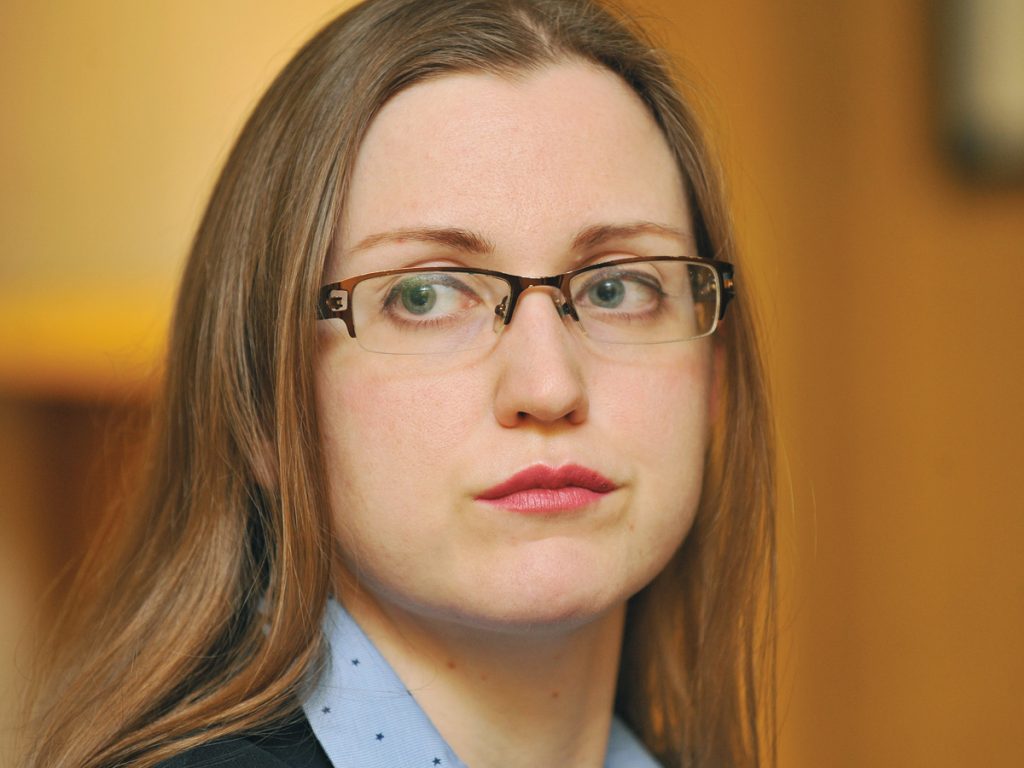
There is an education piece when it comes to client engagement in fixed income, but that tide is turning
JENNIFER O’NEILL, AON
Tomi Nummela: It’s not necessarily a new concept. There is a bit more history to it with risk management and governance always being there. If you want to get paid for your emerging market high yield bond you need to figure out who launched it.
It is about investment beliefs. If climate change is important to you it needs to go into every part of your portfolio. There is no way that you can compartmentalise the risk. You cannot say that the climate crisis is happening only in equities.
PI: Engagement is possible in fixed income, but how easy is it to get companies to change when you cannot vote at an AGM?
Gull: We have maximum influence when the bond is originated. The borrower wants your money, so you have leverage at that point.
We do a lot of direct or bilateral loans and this is a good time to talk to potential borrowers about what they are doing about these things. When it comes to universities, for example, we talk to them about what they do for student welfare. Are there proper fire standards in the student accommodation block?
It is harder for listed bonds, particularly if you have a small holding and there are a lot of bonds out there, but we should not be shy of that. As an industry we need to start asking more questions. We find that most issuers are responsive as they are aware that this is a factor.
Pickering: Even good companies have a limited amount of time to engage with asset owners. Traditionally, the CEO or chief investment officer has had a visit from the equity specialists within an investment institution and then the fixed income specialist wants to meet them.
There is a degree of integration going on in the asset management community where you send the transport specialist to meet the chief executive of a transport company and then discuss equity and debt holistically rather than have two bites of the cherry and risk irking the people that you want to co-operate with.
Freedman: We are in a fortunate position with our equity and fixedincome analysts sitting together on the same floor in London. There have been multiple occasions where I as a credit analyst have been to equity meetings. In public companies, equity investors get better access to senior management, while in high-yield credit, investors get good access because they have fewer avenues to raise capital.
In equity markets, investors have more means through which to work together when engaging with companies. There is Climate Action 100, and work is being done in the oil and gas industry, but that is in its infancy within fixed income. I hope to see much more collaboration here because ultimately you are going to be a much smaller proportion of the total debt holding and you don’t get a vote. Clubbing together with other asset managers is an effective way to effect change.
We see the most measurable improvements in engagement in smaller, private companies. These typically have a weak credit rating, which means there are limited avenues of capital available to them.
Norway’s sovereign wealth fund has said that 60% of the greatest fossil-fuel emitters globally are not listed. So fixed income has, and should take upon itself, the power to improve.
PI: Are investors sacrificing return by investing in an ESG-compliant bond?
Gull: It goes back to fundamental credit analysis. We are long-term bondholders because of our long-term liabilities so buying the highest yielding bond on day one may not be the best thing to do because you may not get that yield. That is what you are considering when you integrate ESG into your credit assessments.
Something might yield a bit more because there is uncertainty about the way a risk is developing. If you think that risk is underpriced, you probably shouldn’t be buying that bond.
We can debate whether bonds in the energy market are pricing in ESG risk. There might be higher carbon taxes or people might sell the bonds because they want to make a social impact. If those trends have further to go you will be giving up a bit of day one return by buying something else, but long term you get a better return.
For us it is about the long-term return and making sure that it is there. If you are managing your risk, you will not necessarily buy the highest yielding bonds, but buy the bonds that you think have the lowest long-term risk and ESG is part of that.
It’s not as straightforward as giving up return. It’s about what you think the long-term return will be.
O’Neill: Not in our view. There is also a key question of downside protection here. Many pension schemes have been investing in buy and maintain credit portfolios for some time. If you are holding to maturity you are focused on that long-term trajectory. You do not have the ability to trade out if a risk crystallises in the short term, unless covenants are breached.
PI: Green bonds have their critics, but is it easier to assess their sustainable credentials than for a mainstream bond?
Freedman: It comes down to fundamental bottom-up analysis; does the risk/reward makes sense? A couple of years ago, a German-listed wind turbine assembler launched a green bond, but two years later it defaulted. Just because it is green does not mean that you buy and forget about it.
It is important to get a second party opinion to make sure there is an alignment with the green bond principles, to ensure that the use of proceeds is appropriate. But the buyer must also ask if the use of proceeds matches their own philosophy.
Pickering: This is an area where I rely heavily on my investment consultant to make sure that what I am buying has not been given a label.
We have to look at the underlying assets that we are putting peoples’ money into.
Responsible investors need to make sure that the whole concept is not devalued by rogues in the marketing department saying: “Call it green and it will sell.” That is not in my interest and is not in the asset managers long-term interest either.
Freedman: The lead of a European syndicate for a large investment bank told me that the order books for green bonds are 20% larger than for non-green bonds.
We are not mandated in any way to accept a lower return just because it’s green. Maybe in a risk-off scenario the spread is holding better than non-green because there are fewer sellers, but we will not buy something priced more expensively just because it is green.
Nummela: The green bond universe is relatively concentrated in certain sectors. Climate change happens at the sector level, so as an asset owner you need to understand the sectors that you take risk in better.
It’s important not just to look at the bond itself, but how it fits into the overall strategic asset allocation.

PI: Is new regulation being introduced giving investors more confidence that a bond is as green as the issuer claims?
Gull: You have to rely on your credit analysts. We don’t buy anything because it is green and are not mandated to accept a low yield for that. We just think about the core fundamental of are we going to get our money back.
Clearly, if they are doing the right things then that’s fine, but it is more about what the overall borrower is doing rather than how it’s using that stream of money.
Freedman: Given the different flavours of bonds being launched, investors are listening to different stories. It is hard to measure or get consistency in the data, so we need standardisation.
What the European Commission is doing is absolutely going in the right direction, but it should not be too restrictive, because there are only a certain number of eligible green projects out there and the market needs large liquid bond issuance.
Pickering: I find prescription a hindrance rather than a help. People end up getting definitionally focused, asking if they are complying with a definition or not, but that definition might have been designed five or 10 years ago.
I am more interested in having clear principles and allowing professionals to apply those principles where it makes sense rather than keep looking back to see if I am complying with this prescription or that prescription. It becomes legalistic and counterproductive.
Gull: Some of the issues we face around ESG are that it is complex and nuanced. There is a huge degree of uncertainty about what is going to happen making it hard to measure some of these things. So going back to the sensible principles rather than legalistic definitions is a good approach.
Nummela: Someone needs to give a little bit of a push on standards and regulations because it is a useful signalling effect. In conversations with asset owners, if there is something out there like the EU saying that you need to be 30% below your current carbon intensity that is a starting point to be on a 2-degree path.

ESG is a modern way of ensuring that wealth creators create more long-term wealth than they destroy.
ALAN PICKERING, BESTRUSTEES
PI: When it comes to assessing ESG in mainstream bonds, what are investors looking for other than making an environmental impact?
O’Neill: Governance is hugely important. It is the foundation of most of the questions we are asked. It goes back to the fundamental credit analysis, of which the ability of management to execute a strategy over the long term is a major part. If you have a board that is not sufficiently skilled to do that or the control mechanisms are inadequate, then that will pose a threat to the ability of the company to operate efficiently.
Gull: That has always been the case. In years gone by, we have turned down investments because we did not like the governance, we did not think management had a handle on things or had the right people in place. That will never change in fixed income investing. It has always been core to determining whether you are prepared to lend somebody money for a long period of time or not.
Pickering: Different asset owners have different priorities. Endowments and high-net-worth individuals might have a different perspective from a trustee.
The G is the most important one because trustees are focused on governing their schemes well, and it is natural, therefore, to make sure that the businesses in which we invest are equally well governed. If they are well governed, then the E and the S will be taken care of, so I make no apology for focusing more on the G than the E and the S.
Freedman: From a fixed-income risk perspective, governance failures and working conditions failures linked to the social side of ESG can impact a company’s reputation, and ultimately, its licence to operate. If that fails, then the business fails.
It is inherent in credit analysis and this is something we need to be more specific about. Companies are becoming more accountable to answer these questions more eloquently and robustly than they have in the past.
Nummela: I might be re-engineering governance, but companies understanding climate change is part of governance. CDP numbers show that there are more than 200 companies, some in the high-risk sectors, that have no idea about transition. So, are they well governed?
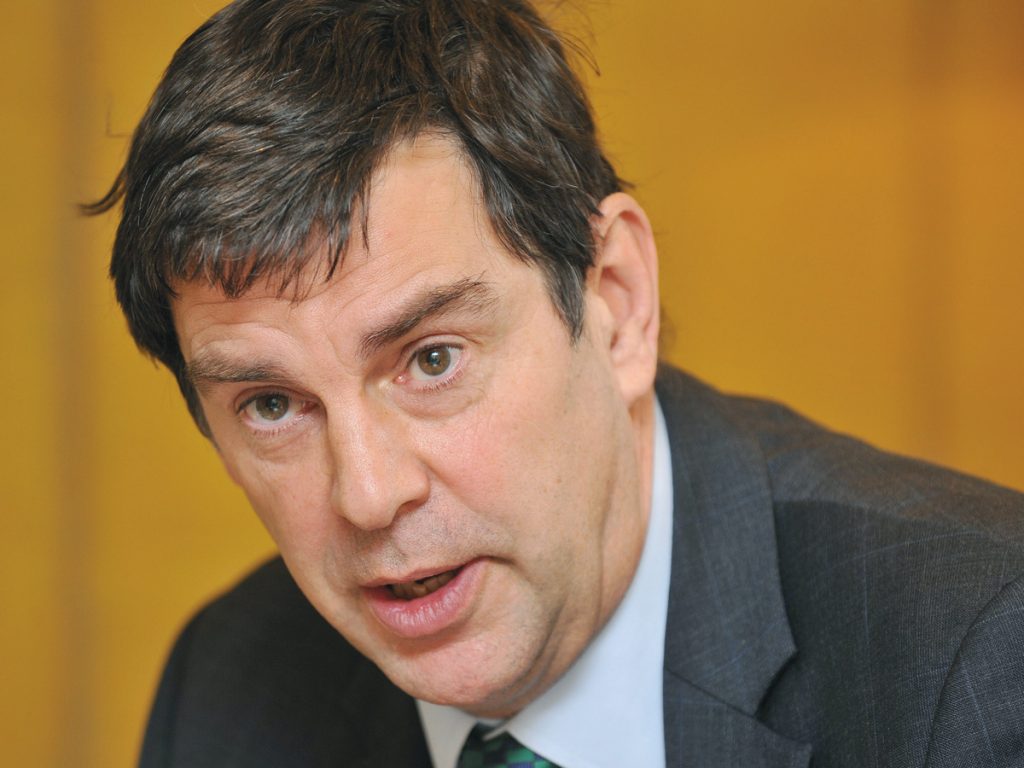
If you are managing your risk, you will not necessarily buy the highest yielding bonds, but buy the bonds that you think have the lowest long-term risk and ESG is part of that.
MARK GULL, PENSION INSURANCE CORPORATION
PI: Have you ever sold a bond because of a governance issue?
Gull: We sold out of BAE over issues with Saudi Arabia. It was a concern about governance and it not being managed properly. That was five to seven years before there was such a big focus on ESG.
O’Neill: Good bond managers have been looking at this for an awfully long time. It has more attention now, but it has been a part of credit analysis for some time.
Gull: Our stakeholders are now asking us to demonstrate this. That is what’s changed.
Nummela: Should we suspect that there is something that analysts did not look at 10 years ago?
Gull: There is something because the world is always changing. You are always making a risk assessment at a point in time. You buy something that you expect will pay you back in 30 years’ time, but you are always updating your view because the environment changes. The biggest factor that has changed over the past few years, is the realisation that climate change is happening and is happening fast.
Pickering: I am not as close to the individual holdings as other people around the table since I am buying, more often than not, a packaged product. One of the areas where trustees need to be careful is when they use terms like “buy and hold” or “buy and maintain” and make an investment in a bond expecting it to be like a gilt with attitude that produces an income over the next 10, 15 or 20 years.
If something is re-rated and shoots the lights out within the next five or 10 years, then they may not want to buy and hold. At a time when we are transferring risk from the pension regime to the insurance regime, I need to be fleet footed. So, liquidity is important to me. If I made all the profit I expected to make in a third of the time I was expected to make it, then I will bank it.
Freedman: The responses we expect from issuers has changed. About 10 years ago you received a vaguely satisfactory response about the governance structure or the way they think about environmental hazards. There is much more scrutiny now on the quality of the answers you are getting when it comes to ESG. In the meetings I sit in, the market is beginning to distinguish between issuers that are well prepared and answer questions on ESG strategy quite well, and those who are not.
O’Neill: That is an interesting point to link to bond managers. We rate managers and strategies on how well they demonstrate their integration of ESG factors.
We have come across a couple of managers, predominantly located in the US, who have not been able to articulate that at all and have been surprised that the question has been raised.
It has not just been us raising that question. Across Europe asset owners have placed it on their agenda, but there is a moving piece when it comes to the ability of a manager to articulate that as well as at company level.
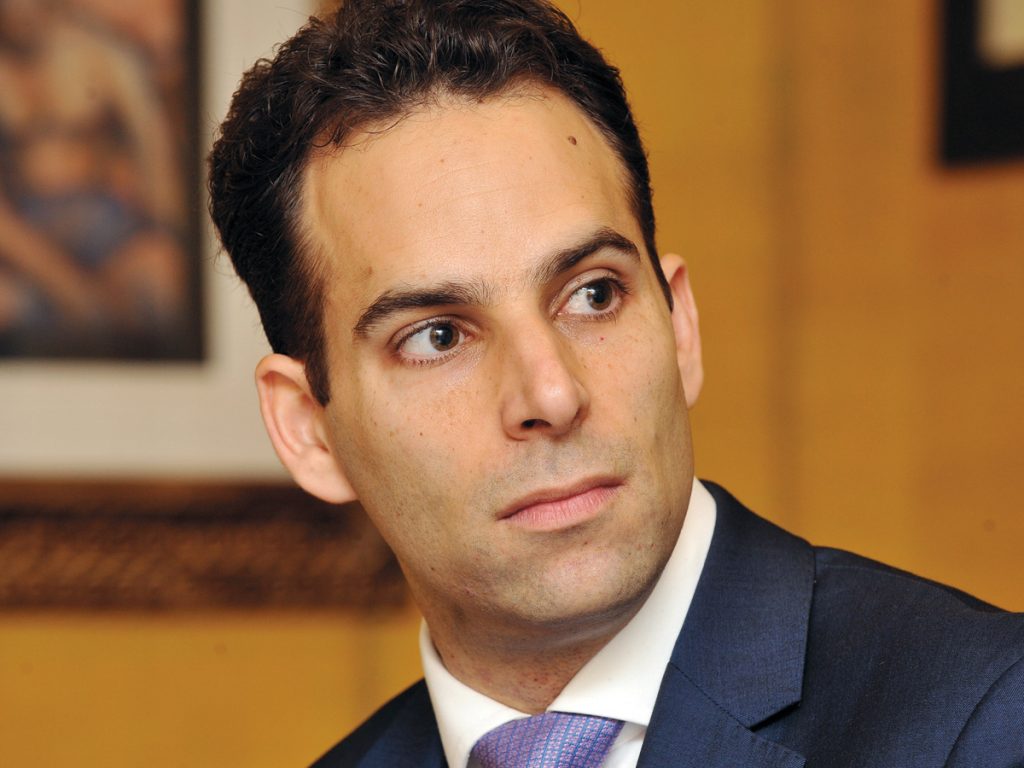
There will continue to be a variety of different types of ESG-linked bonds for the market to get its head around.
SCOTT FREEDMAN, NEWTON INVESTMENT MANAGEMENT
Gull: That is important. The external managers we employ take ESG seriously, but they are doing it differently and there are different levels of skills out there. There are managers who have focused on this for a long time and are probably slightly ahead of other managers and some of their understanding and articulation of the risks and the way to use it to construct portfolios intelligently.
Nummela: We have been doing ratings for 10 years and what we have seen in the past five years is that the best ratings are for those who think about the opportunities and risks. They have increased from 5% to 10%. Great it’s doubled, but 90% are not working well with the aspects of risks and opportunities. That is happening in fixed income. In equities, the number is up from 10% to 20%.
So fixed income is a little behind but there are still a fair few managers who are not thinking through this. From an owner’s perspective, it is important to have the eyeball factor and to understand if there is a good process and is there a good team behind it.
PI: What we have heard in the past five minutes goes back to the education point. Is this training being led by the advisory side?
O’Neill: We help prepare clients seeing managers by helping them define what information they need. Something that often comes out when you ask for information is that you get a lot of it, but it is not necessarily decision useful. Deciding what the quality of information you need is, and distilling that down into a usable format, is critical for a client that has many other things to consider.
Pickering: From a trustee perspective, advanced wake-up training is important. Then we can have just-in-time training when these asset classes become relevant and we can make decisions much more quickly in the light of that just-in-time training having had some generic wake-up training, perhaps on an annual training day when you are doing blue sky thinking rather than make your mind up time.
PI: How do you assess ESG in a government bond?
Gull: That is a work in progress for us. It is hard to do. If you have a sterling bond portfolio, it is hard to manage that effectively without having the ability to go into gilts, maintain your duration and then come out if you happen to have a negative view on the US government, for example.
O’Neill: Integration when it comes to sovereign debt has been focused on emerging markets. But if we take Australia, for example, you have an economy which is heavily reliant on natural resources. You have an economy which is susceptible to the outcome of climate change and what that means for the government in terms of raising revenue and fulfilling its social programmes. That is a developed market where it is possible to examine the physical and transitional-related risks that apply to that economy as a sovereign entity.
Emerging markets have been, in many ways, the focus of sovereign debt integration, but it’s highly applicable to developed markets as well.
Freedman: We score each country by using public datasets and then overlay our proprietary analysis, which is especially important if circumstances have changed. There is a one to two-year lag, but we can see if things are improving or any changes that are being made.
In ESG there are many different factors within the sovereign market. Developed countries can allocate capital to the environment by improving flood defences or the energy mix. In some emerging markets, however, there is a debate between reducing emissions and feeding your people.
There are a lot of factors to consider. One is that it is harder to engage with sovereigns. The electorate is their most important stakeholder, but there are ways in through meeting other parts of the government. The size of the country and how much they rely on external capital influences the debate, but it’s not always easy to affect change.
We score countries for our sustainable portfolios. We have a list of countries we will not invest in and the extra pieces of work needed to be done for those on the watch list.
O’Neill: Sub-sovereign debt is important, too. If we look at what’s happening in some of the municipalities around the eastern seaboard of the US, the pricing of flood risk is an ESG-related risk which affects an entity’s ability to raise capital to fund its flood defence.
PI: The UK has set a net carbon neutrality target, so are we far off from seeing a UK sovereign green bond?
Freedman: It does not make sense that they have not gone further down that road, given their stance on climate change.
Nummela: The signalling effect of that is important.
Gull: It would be welcome that these things are being taken more seriously. Would we buy it just because it’s a green bond? No, we don’t have a mandate to do that. We consider the fundamental risk. Does it work for the portfolio? Does it produce the right income to pay our pensions? It is outside of our portfolio management plan, but welcomed, nonetheless.
Freedman: It is about signalling to commerce and industry that this is the direction we are moving in so you should be moving the same way.
Pickering: Governments have a track record of saying that pension funds have money that they don’t need for the time being. We, the government, can make a lot better use of it than you, so could you lend it to us or do things that we command you to do. I am not comfortable with governments viewing my pension fund assets as a tool for them to use.
Nummela: There was an initiative PRI formed some five years ago and many credit rating agencies have come behind it. Some of the agencies have 30 to 40 times more people than they had four years ago, so I guess they have a relatively good track record of understanding governments.
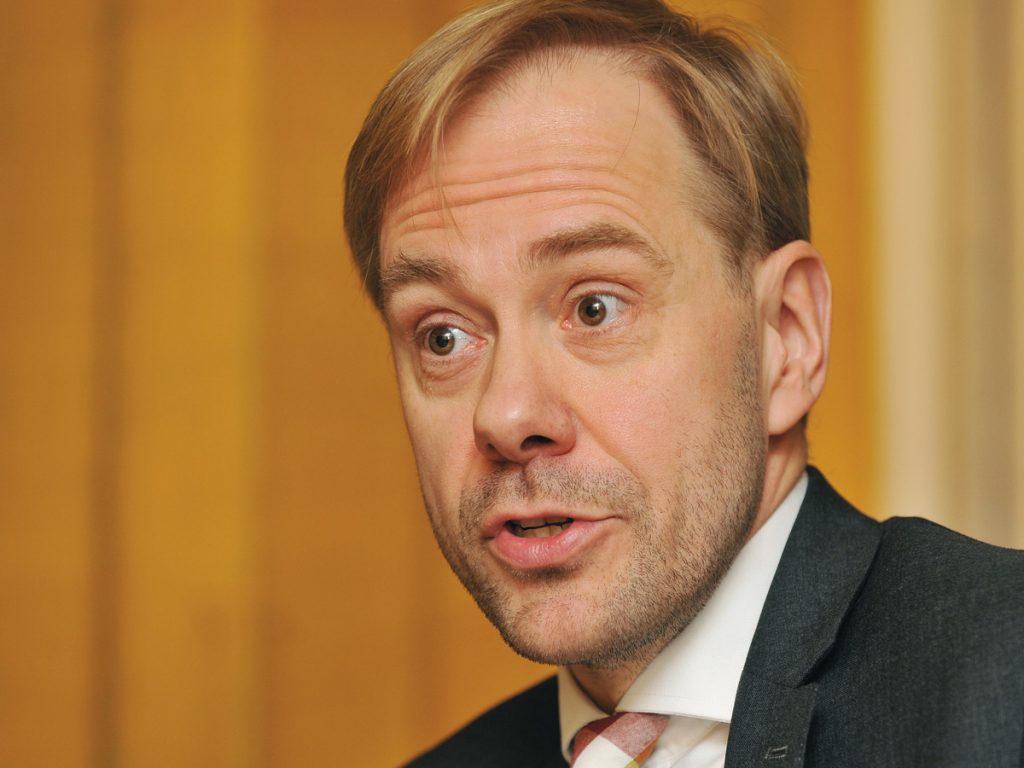
If climate change is important to you it needs to go into every part of your portfolio. You cannot say that the climate crisis is happening only in equities.
TOMI NUMMELA, MERCER
Freedman: One factor where we score a country better than others is on their long-term perspective. Governments change, but what you need is a construct where they can invest through different government cycles. Infrastructure is long term in nature; it takes time to get the equipment and cement together to allocate to projects.
A long-term horizon is required within an ESG focus. Governments need to think past short-termist perspectives.
PI: Green bonds are well established, but we also have blue bonds, social bonds, transition bonds and SDG-linked bonds. Are these fads or are they here to stay?
Freedman: We will continue to see more variants. If we are talking about transition, it cannot be through all the green projects that exist today.
Mobilising mainstream capital is important, and you need to have a wider perspective. There will continue to be a variety of different types of ESG-linked bonds for the market to get its head around.
Nummela: If these bonds are a fashion or a fad comes back to the initial investment beliefs and understanding sustainability. Sustainability is something that asset owners and the finance industry have to express and implement. Whether it’s green or blue it is part of that.
Freedman: In mainstream fixed income, the more you go off-track, through issuing a blue bond, for example, liquidity becomes more important. We will not go anywhere if the issue size is too small or the risk/reward does not make sense. That will probably help keep markets and the types of bonds issued relatively mainstream. If you go too far off-track, you are going into project risk or where the three main credit agencies will not rate debt. That will be an important driver as well.
PI: Is the political will to halt environmental damage good news for those wanting to integrate ESG factors across their entire investment portfolio?
Gull: ESG is becoming part of the normal conversations we are having in fixed income.
That is welcome but getting data that everyone understands and is consistent is difficult because we are trying to look at the future. It is important to remember the limitations of some of these measurements. If you overdo it you end up with things done to suit a process and to tick a box rather than focusing on the key long-term fundamental issues, which is about making good credit decisions.
Freedman: It puts more expectations on managers to talk about what they are doing and how they are doing it. For us, it is about being as transparent as possible with the companies we engage with.
Clients need to be aware that we are trying to encourage issuers to disclose as much useful and consistent data as possible. It’s about reporting and transparency disclosure through to the end client.
PI: How creditable is the independent ESG data that is available?
Gull: If you look at the correlations of ESG ratings from the three providers between issuers that get good ratings are low.
That tells you that picking up consistent data points is not easy in this space, but it does not mean that useful information is not encapsulated within them. We use them as a way of finding out where we need to screen and do a bit more work or they are highlighting a certain risk. It does not mean that we believe them because we get another rating that tells us something different. They are not like credit ratings, which are much more closely bunched together.
Freedman: We have seen an example of an ESG rating that was a copy and paste where the wrong company name was in the title of the report. So you have to carefully consider what you are looking at.
Gull: It is how you interpret that data. You are using it as something to signal further research.
Pickering: It is wonderful that we have had a quality debate about trying to match the needs of the users of capital with the providers of capital.
It is inherent that we make sure that this quality debate is not undermined by get-rich-quick charlatans who will abuse the spin to make money and in so doing destroy the things that were discussing.
There is hope that as we see consolidation, whether that’s in the defined benefit space with insurance or defined contribution schemes into master trusts, we are getting the scale that allows us to do things that we could not do when most pension schemes were sub-scale.
Scale is not everything in every walk of life, but in the areas that we have been discussing today, scale is an asset rather than a liability.

